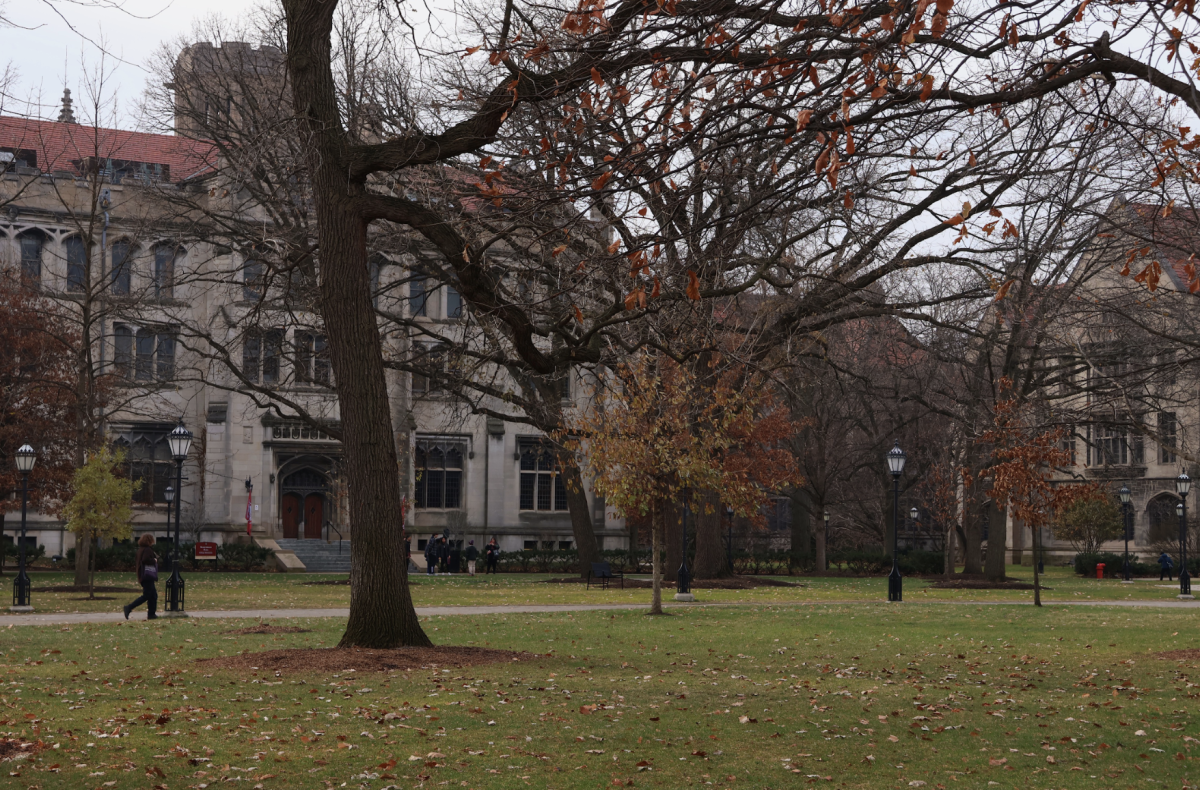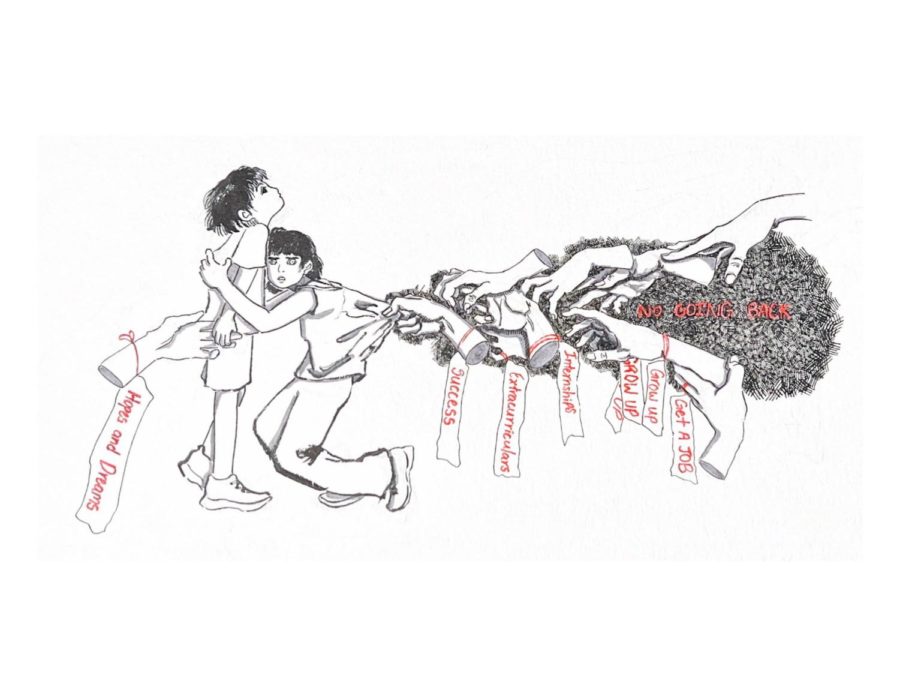A haze hangs over the University of Chicago. No, I am not talking about the encroaching specter of anti-intellectualism, the shady economic outlook for our generation, or even the moral hazard of managing an endowment. No, I am referring to the literal cloud of smoke that forms each day above the smokers outside of Cobb. As they leisurely chat and smoke between classes, so too do their emissions hang in the air. The languid smoke serves as a good metaphor for the practice of smoking at the University of Chicago as a whole: It is visible and acknowledged by almost everyone, but nobody ever does or says anything about it.
According to the American College Health Association, 16 percent of college students smoke. Interestingly, I cannot find a comparable statistic for University of Chicago students anywhere online. Though the University may have this figure, it is not widely available. This is highly anomalous among our peer institutions; casual investigation easily yields that 10 percent of Harvard students and only 4 percent of Stanford students smoke. But a search for “uchicago smoking” yields only news articles about smoking cessation research.
The University’s official policy on smoking is decidedly terse. It states that “the University of Chicago is a smoke-free environment, therefore smoking is prohibited in all buildings,” adding that “Smoking is permitted outside a building but not within fifteen feet of the entrance.” I applaud the University for having a clear and unambiguous policy. But, at the same time, I am rather perturbed by its brazenly lax enforcement. Any student who has been on campus more than a week can attest that this policy is flagrantly violated every day. I challenge the reader to observe the steps of the International House from 8 to 9 p.m. on a weekday. It is almost certain that she will see a group of smokers congregating no more than arm’s length from the door.
It is interesting to note that the University’s smoking policy is in compliance with the 2005 Chicago Clean Indoor Air Ordinance. This ordinance states that individuals face a $100 fine for smoking within 15 feet of a building entrance. Even more noteworthy, however, is the fact that the University itself can be held liable for not enforcing the ordinance. Yet, even though the University has legal and financial liability regarding smoking, it maintains a decidedly complacent attitude toward this ordinance.
It is puzzling that this is the case. In comparison, the University regulates another common vice practically to death. The U of C’s official alcohol policy is almost 2,000 words long. It contains specific proscriptions regarding the serving and consumption of alcohol on campus. Every new student must complete the AlcoholEdu program, and most College houses have clear guidelines regarding “parties.” Ostensibly, this is to shield the University from liability and to promote health among students. If that is the case, it is mystifying that the University does not take similar steps regarding tobacco use. As with alcohol drinkers, student smokers add to University healthcare costs and create a less healthy community. However, the University simply does not have the same risk mitigation protocol in place for smoking.
The University also lags notably behind its peers in not attempting to minimize smoking’s harm. Columbia University offers its students free consultations with tobacco cessation specialists. The University of Michigan has banned smoking entirely on its campus of 28,000. UMich has been joined by other top schools like Emory and UC Berkeley and over 500 other campuses in the United States. Jarringly, in contrast, the University of Chicago has not taken any action beyond what is mandated by law.
It should be clear by now that I am anti-smoking. But I would like to draw a distinction: I am not anti-smoker. Though I disagree with the action itself, there are a number of logically compelling arguments for smoking. Perhaps most salient among those is the opinion that smoking fills a unique social role. A smoke break is a rare, socially acceptable way to temporarily excuse oneself from an engagement. (Last I checked, ducking outside to drink alcohol or shoot heroin was generally frowned upon.) Additionally, it acts as a social lubricant and promotes a sense of camaraderie among those who smoke. Some would say that smoking “socially” is a good thing.
I acknowledge the merit in these arguments. What bothers me, though, is that ideas like these are nowhere to be found in the greater discourse of the University. Simply put, nobody here talks about smoking, a topic that deserves a spot at the top of our collective attention. To me, the silence about smoking runs contrary to the very nature of our school. Instead of probing the social, moral, and cultural realities that have caused smoking—a fundamental modern health issue, and the No. 1 cause of preventable death in the United States—to persist in our society, we are currently content to let them smolder. In light of this university’s robust academic tradition, this just seems wrong.
I believe this can be easily remedied. What the University needs to do is gather definitive statistics about the smoking habits of its students. It should not only come up with a percentage, but also examine the context and motivations of students who smoke. Without critical information like this, a productive dialogue is impossible. The University must also make reexamining its policies a top priority, as the current situation is suboptimal for all parties: Smokers are liable for a fine, the University is in contravention of a city ordinance, and non-smokers are exposed to secondhand smoke. The University must reformulate its policies based on balancing the needs and concerns of smokers and non-smokers alike. This includes taking actions like creating designated smoking zones, strategically positioning ashtrays and more prominently advertising smoking policy. So far, though, the University’s stance on the matter has been wispy and ephemeral, not unlike a plume of smoke.
Taylor Schwimmer is a second-year in the College majoring in public policy studies.








